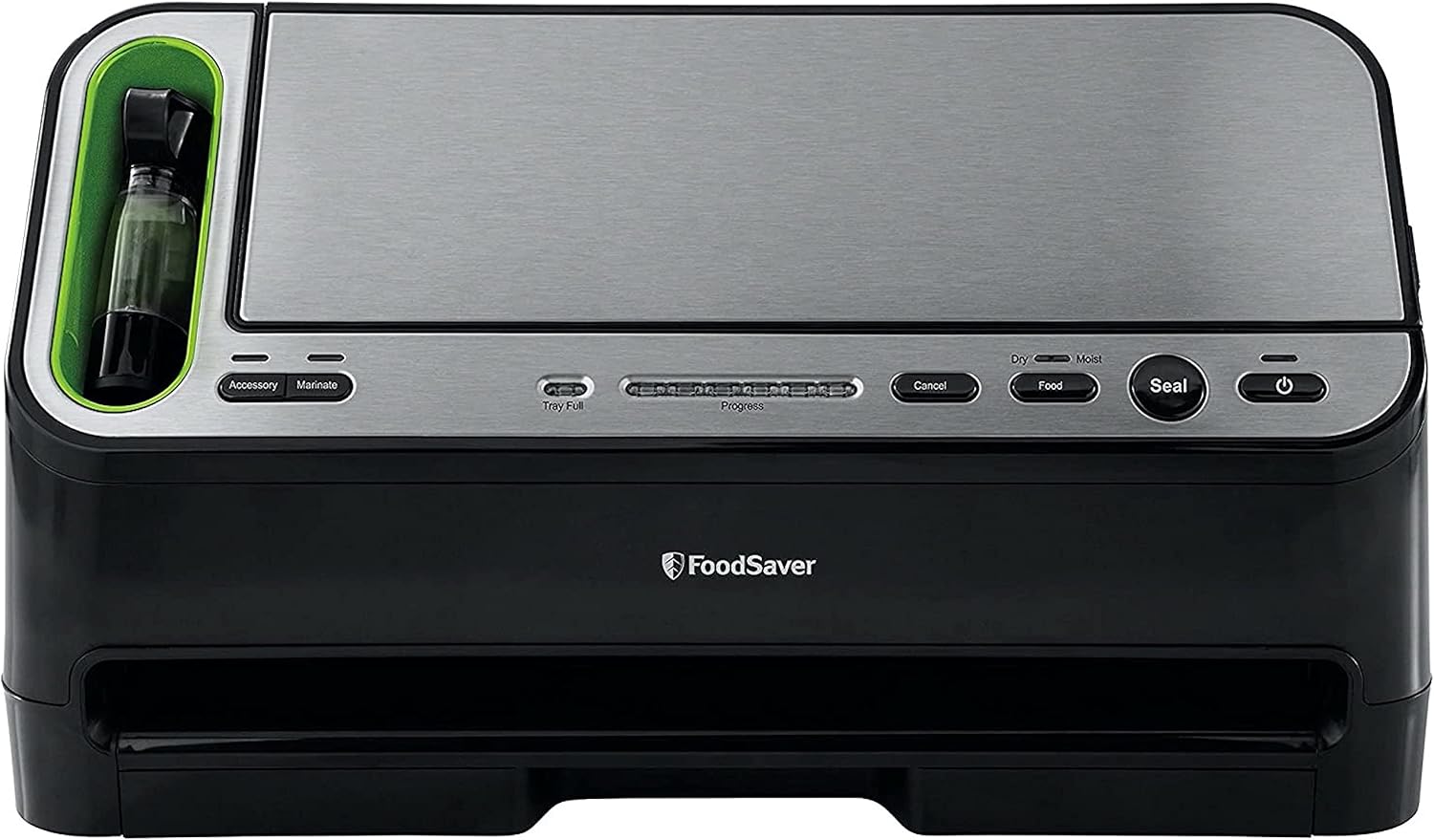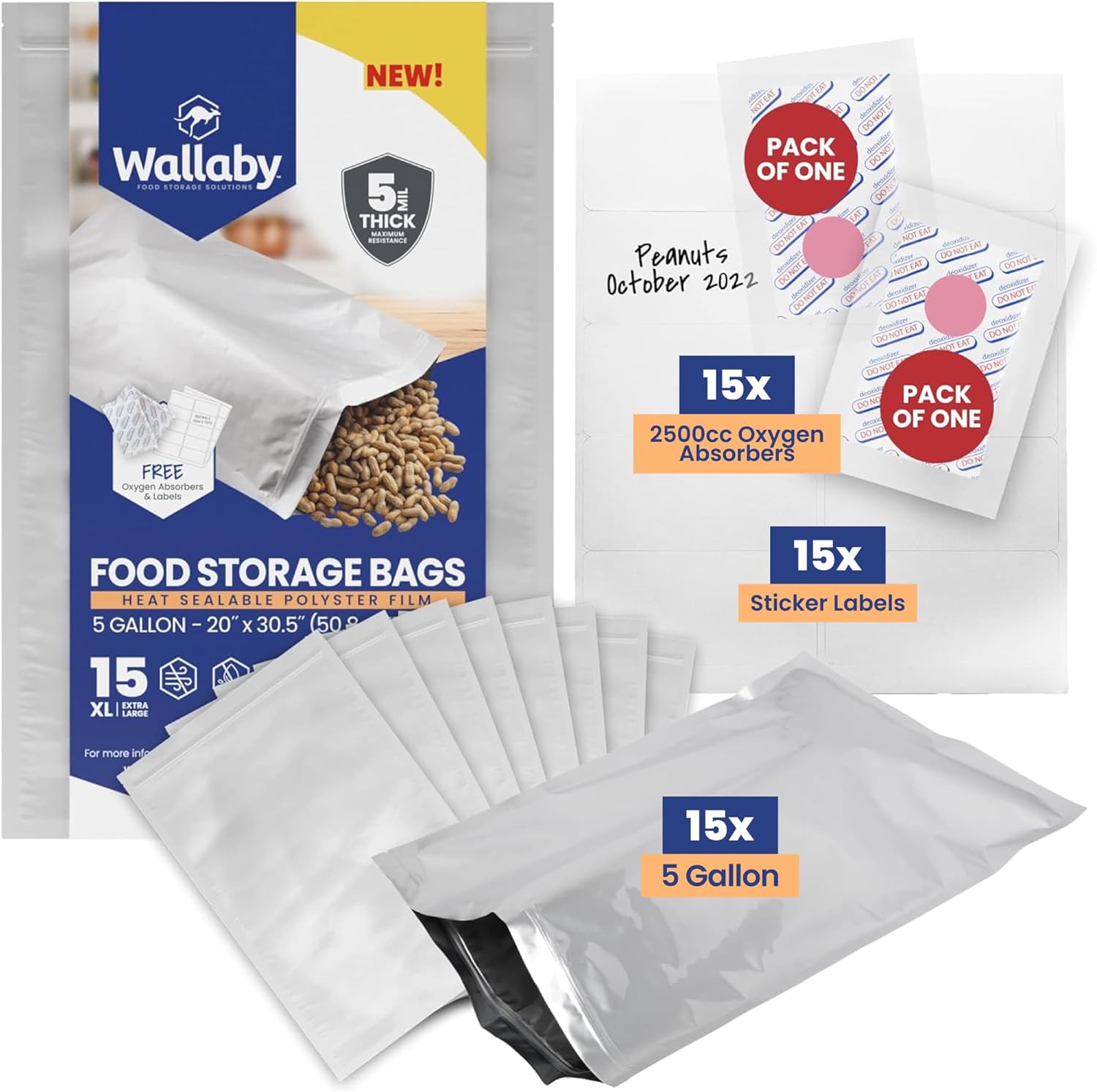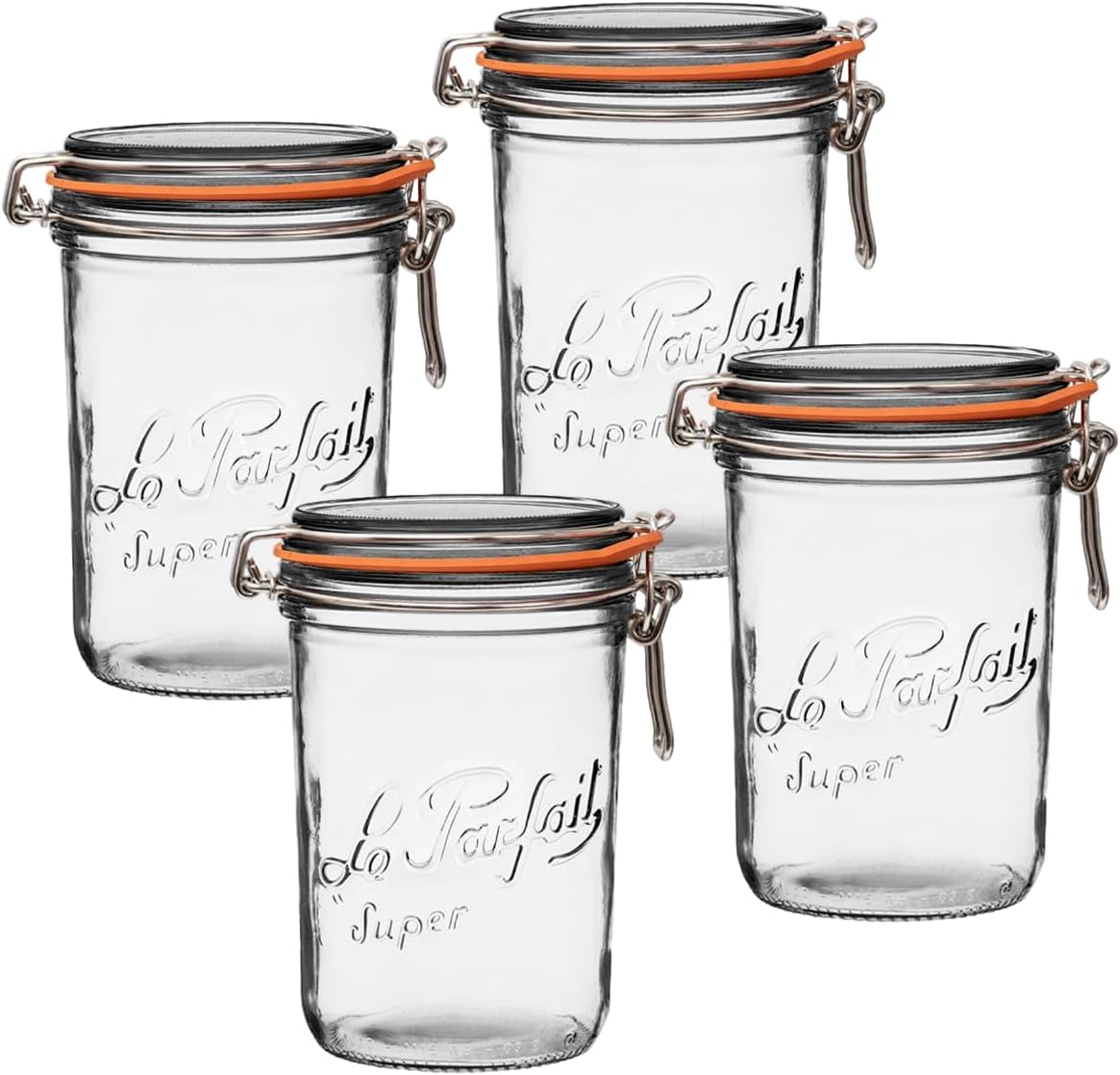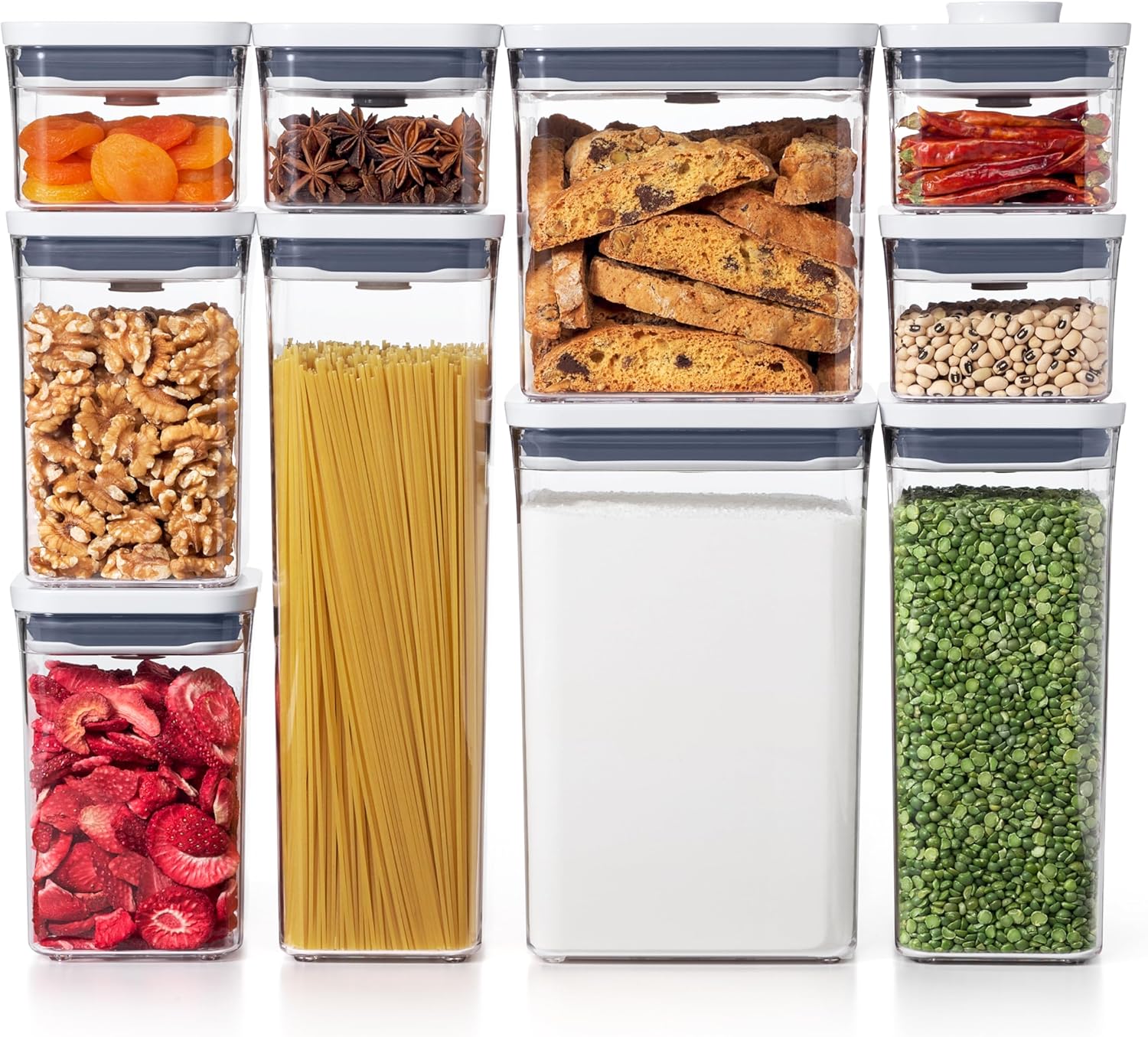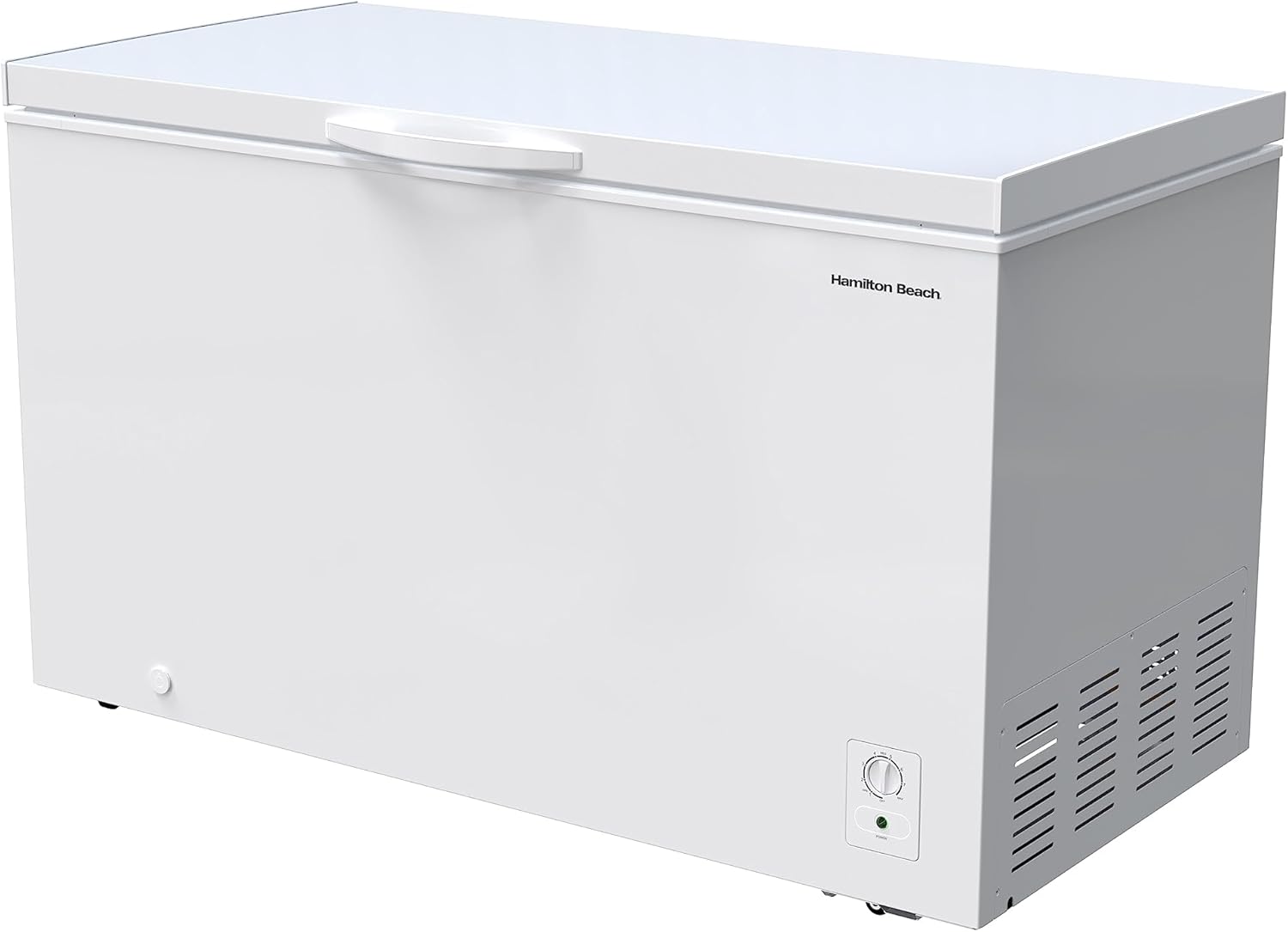1. Improper or Incomplete Sealing
The Problem:
Failing to properly seal your food storage containers or bags allows air to seep in. Air brings moisture, bacteria, and oxidation, all of which lead to faster spoilage, mold, or freezer burn.
Examples:
Using zip-top bags without pressing out excess air.
Inadequate lid closure on containers.
Faulty or cheap vacuum sealers that leave small gaps.
Solution:
Invest in a quality vacuum sealer for long-term storage.
For dry goods, use airtight containers with silicone seals or screw-top glass jars.
Always double-check seals before placing items into storage, and repackage if the original seal breaks.
2. Storing Food in the Wrong Containers
The Problem:
Not all containers are created equal. Using non-food-grade plastics, or containers not designed for long-term storage, can lead to chemical contamination, spoilage, or pest infestation.
Examples:
Reusing old grocery containers or margarine tubs.
Using paper or cardboard boxes that attract insects or absorb moisture.
Storing food in containers that leach BPA or phthalates.
Solution:
Use BPA-free plastic, glass, stainless steel, or food-grade Mylar bags.
Avoid containers that have previously stored non-food items.
For dry bulk items like flour or oats, use food-grade buckets with gamma lids for an airtight seal.

